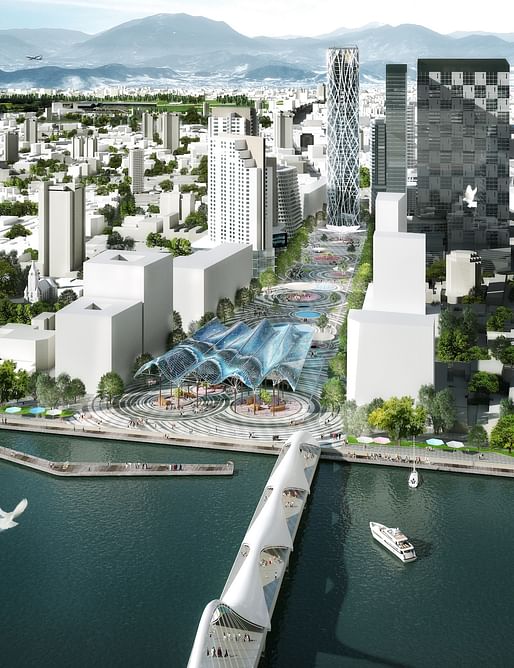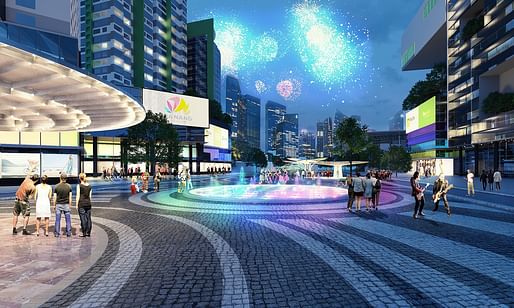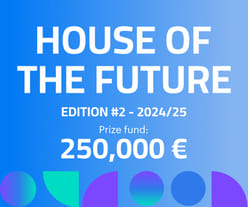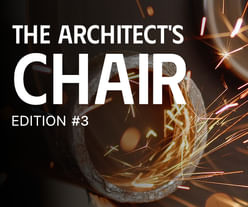
Da Nang sits along the central coast of Vietnam and is the country's fourth largest city. For decades it had a reputation as a provincial backwater, but today, it is one of Vietnam's fastest growing cities. Modern hotels, apartments and restaurants are emerging, spectacular new bridges are spanning the river, and developers continue to capitalize on the city's excellent waterfront location.
The city's master urban plan for 2030 states hopes of transforming Da Nang into the most modern city in Viet Nam over the next decade. Central to this vision, is the construction of a Central Square project in the city's downtown that will serve as a central tourist attraction as well as a major shopping and public entertainment destination. The Square will help connect the Han riverbank to major streets downtown, popular night markets and shopping centers, and the city's administrative center.

Organized by the municipal Department of Construction, the city launched a design contest for the square, inviting domestic and foreign companies to submit spectacular plans for the 11 acre project with an estimated budget of 31 billion USD. 17 designs were submitted from five different countries, not including domestic units.
The winning proposal is the joint venture from HUNI Architectes, OMGEVING, Boydens Engineering, Hydroscan, and NEY & Partners. OMGEVING supported local partner HUNI architectes (France – Vietnam) for the landscape design. The square canopies have been developed by partner NEY & partners (Belgium – Vietnam). Partner Boydens Engineering (Belgium – Vietnam) was in charge of sustainability and partner HYDROSCAN (Belgium) offered water management expertise.

From the architects: Based on a long-term vision, the outdated Central Square, together with its square walls, will gradually transform into a quality public space tailored to the fast-growing Da Nang. The design of the square refers to a Lotus lake, a historical landscape structure in Vietnam. The elongated square is programmed at the ends with the renovated market hall on the Han River side and a lotus canopy on the opposite side that lends itself to be used during square events.
The presence of cars is minimized by submerging the car park and by redirecting the traffic circulation in and around the square. The underground car park is connected to the above-ground square pavilions through staircases and elevators. These pavilions are spread across the square, are structurally and formally shaped as lily leaves, provide protection from sun and rain and are filled with various square functions. Finally, the square pavement also fits the landscape concept by evoking water circles with circular patterns in different shades of natural stone.

Peja Culture Pavilion
Register by Wed, Dec 11, 2024
Submit by Tue, Jan 28, 2025

Denver Single-Stair Housing Challenge
Register by Thu, Dec 12, 2024
Submit by Thu, Jan 23, 2025

250,000 € Prize / HOUSE OF THE FUTURE 2024/25
Register by Wed, Apr 30, 2025
Submit by Mon, Jun 2, 2025

The Architect's Chair / Edition #3
Register by Wed, Jan 15, 2025
Submit by Tue, Feb 18, 2025
No Comments